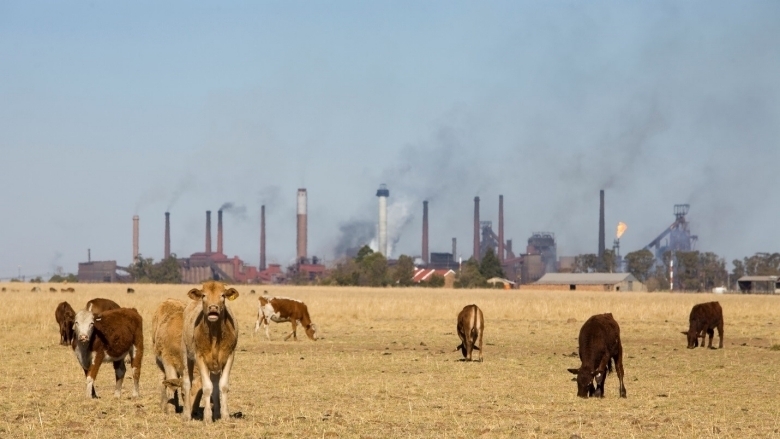Markus Amann is the Program Director of the Air Quality and Greenhouse Gases Program. He also serves as the head of the Centre for Integrated Assessment Modelling of the European Monitoring and Evaluation Programme (EMEP) under the Convention on Long Range Transboundary Air Pollution (CLRTAP). He is an internationaly-recognized expert in air quality management planning and policy.
Mr Amann provided technical expertise during Pollution Management and Environmental Health Business Week in Beijing, China, during the week of December 5, 2016.
Please, describe the problematic emissions from animal husbandry.
Markus Amann (MA): The potentially problematic part of animal husbandry is disposal/storage of animal waste. Animal waste emits ammonia gas, which stays in the air for less than 1 day and usually does not travel more than 700 meters. For example, when animal manure is placed in open pools for long-term storage, it can emit high levels of ammonia gas.
At current ambient levels, ammonia gas in atmospehere usually does not cause major health problems by themselves. The problem occurs when it reacts with nitrogen and sulfur oxides (NOx and SOx), which originates from industrial and vehicle combustion processes.
This creates ammonium salt, which is a tiny piece of particulate matter (PM2.5) that can stay in the air for many days and can travel up to 500-2000 kilometers. This PM2.5 amasses and contributes to what we colloquially call “smog”.
Please, describe the human health problems associated with ammonium emissions.
MA: PM2.5 in ambient air, to which ammonium salts contribute up to 50%, leads to a wide range of human health issues, including lung cancer, cardio-pulmonary and cardio-cascular diseases.
From a practical perspective, are there ways to reduce ammonia gas emissions?
MA: Indeed, there are simple ways. For example, you can cover animal waste storage pools, modify the application of manure to the fields and switch to different fertilizers that eliminate most of the ammonia gas emissions.
What are the policy implications of this chemical relationship between NOx/SOx and ammonia gas?
MA: NOx and SOx are largely emitted by industrial and vehicle combustion processes while ammonia gas is largely emitted by the agricultural sector. In general, only if both types of emissions are reduced, particle formation will decline.
Thus, this chemical relationship is one of the reasons why air quality management policy requires a multi-sectoral approach.

